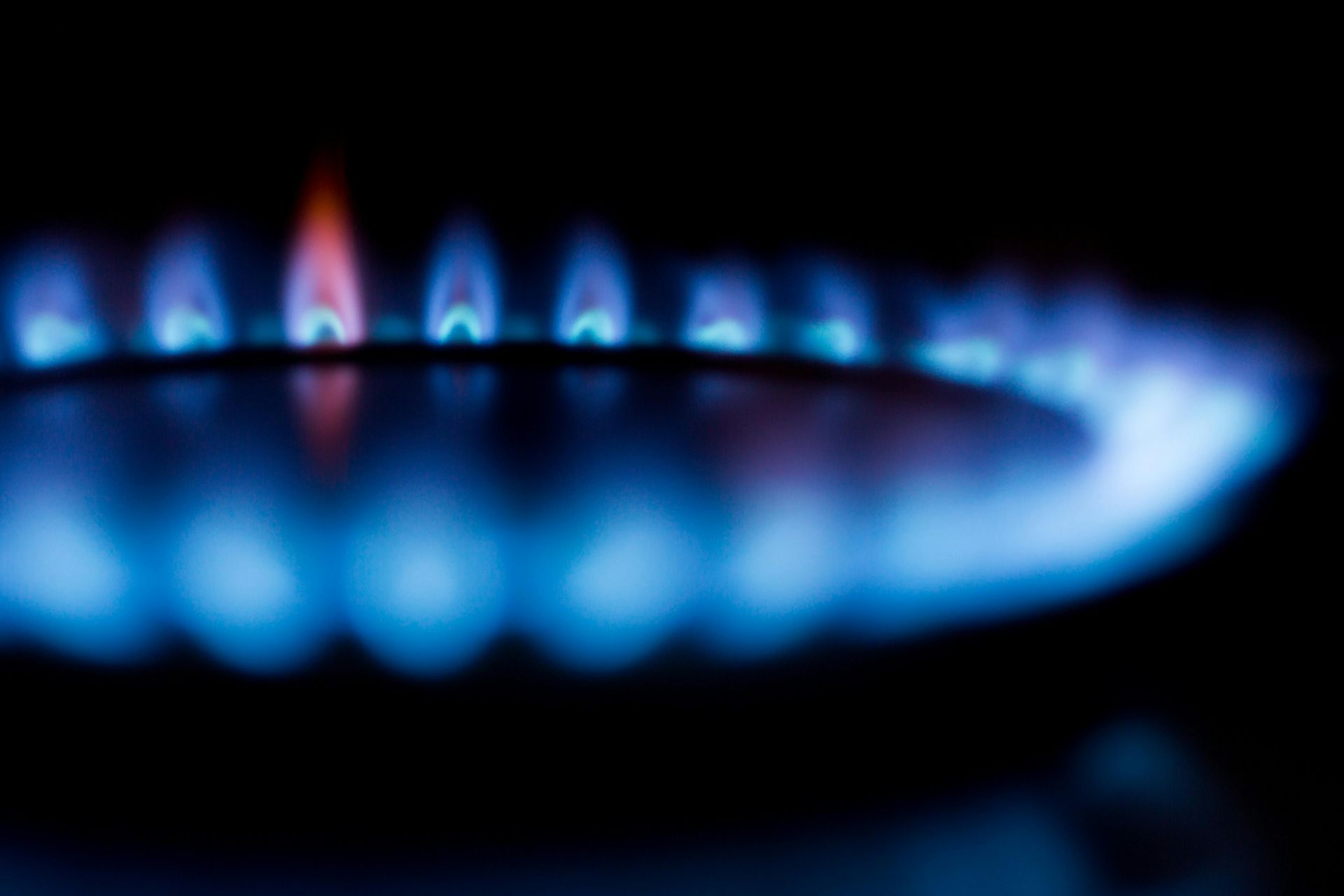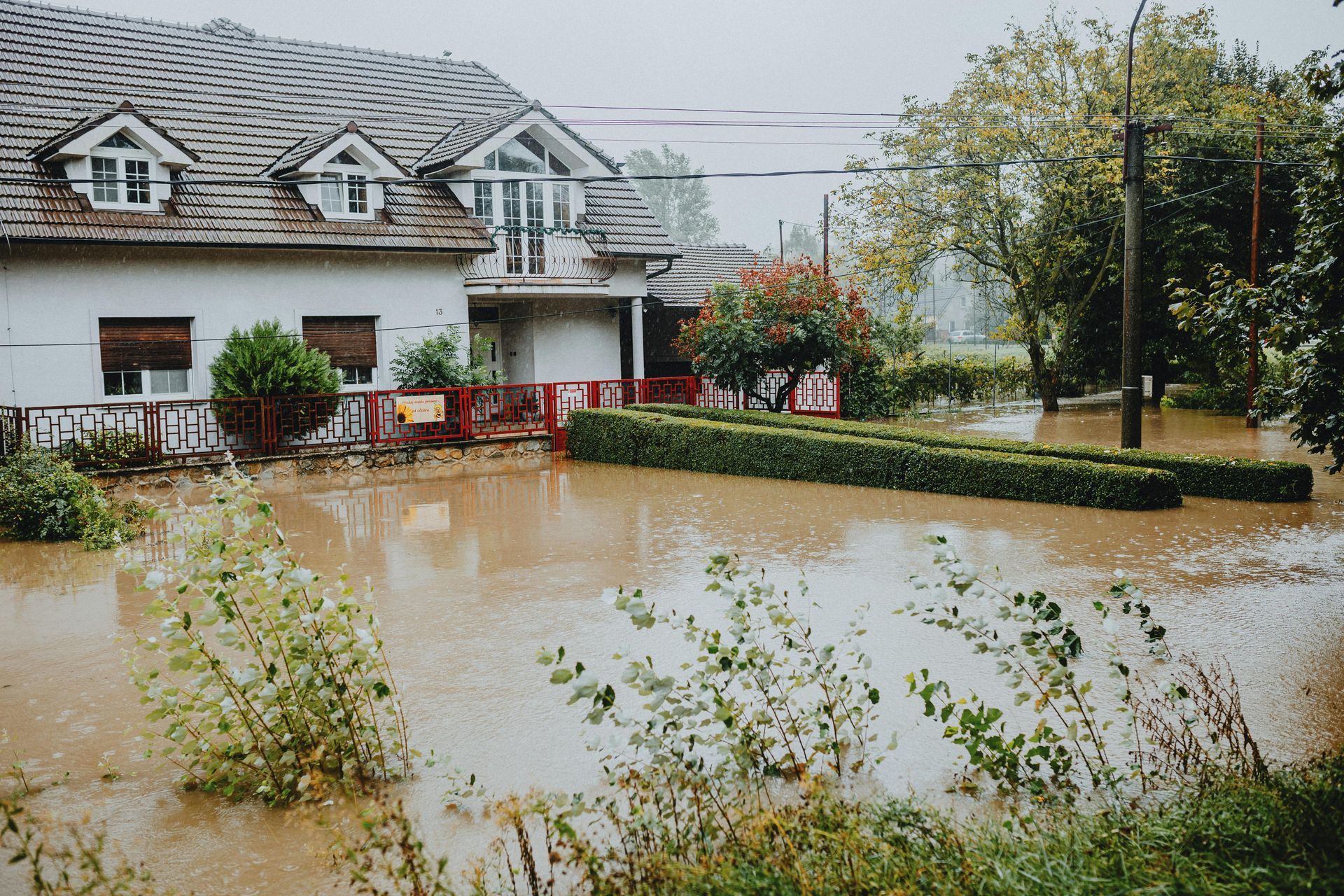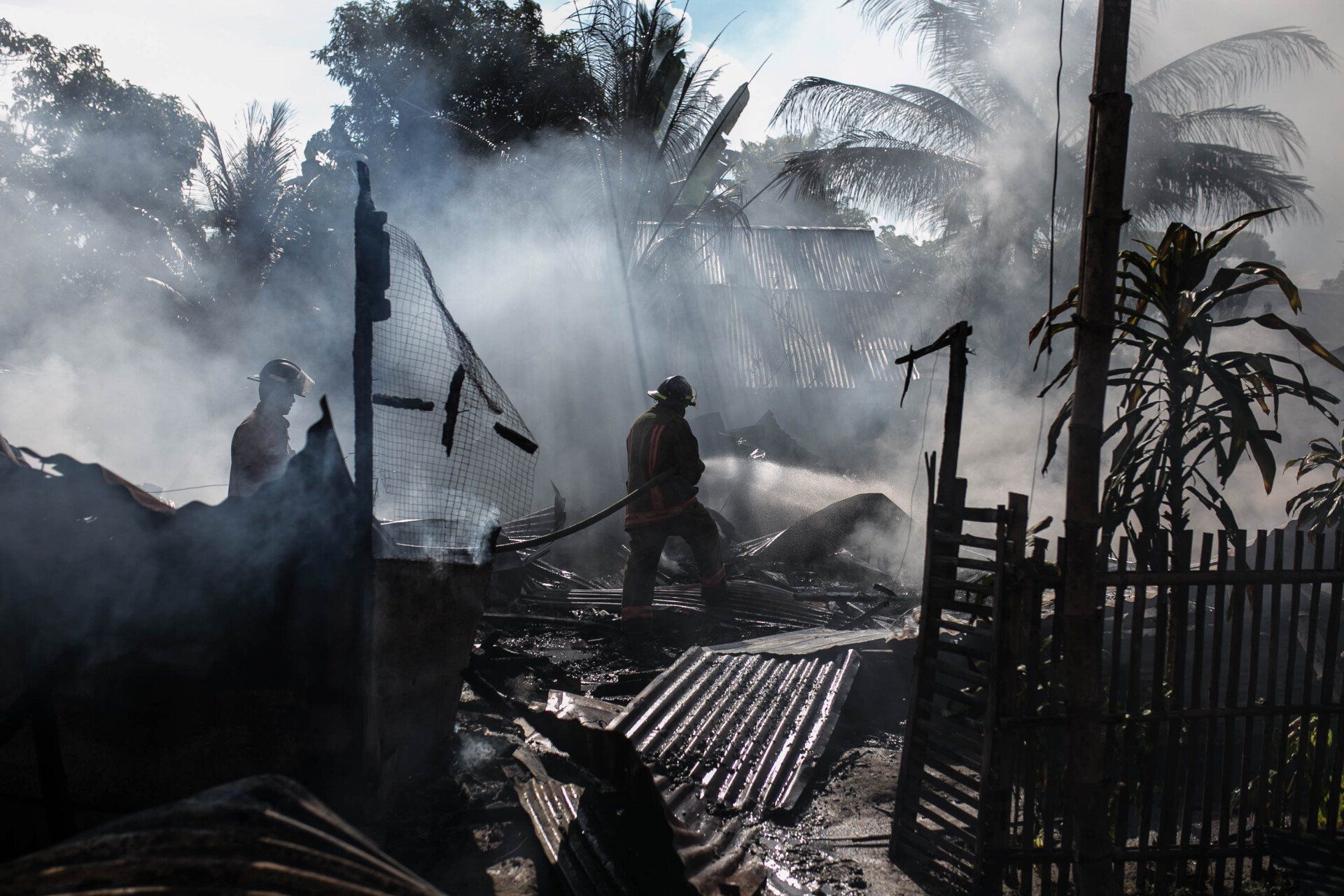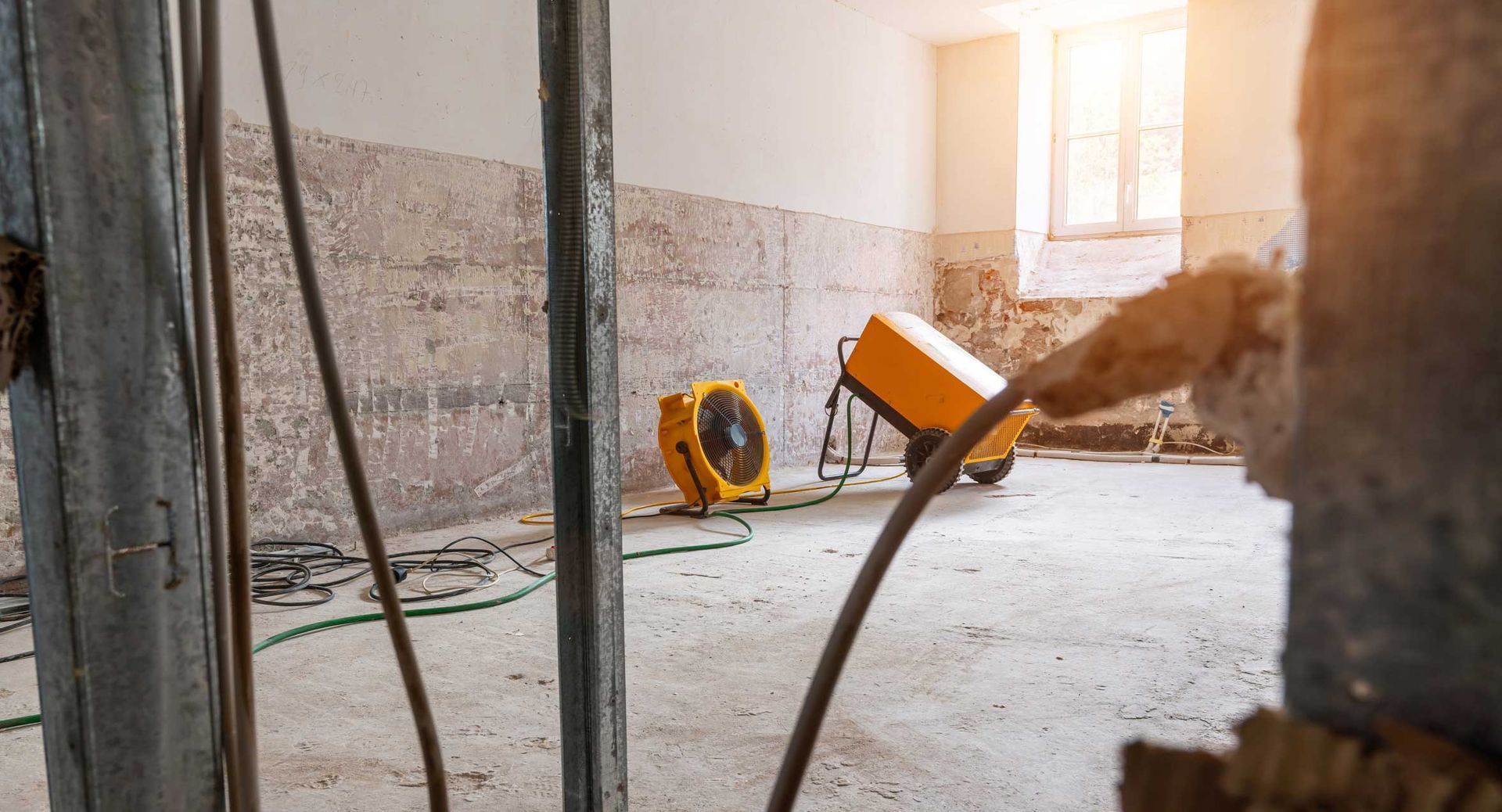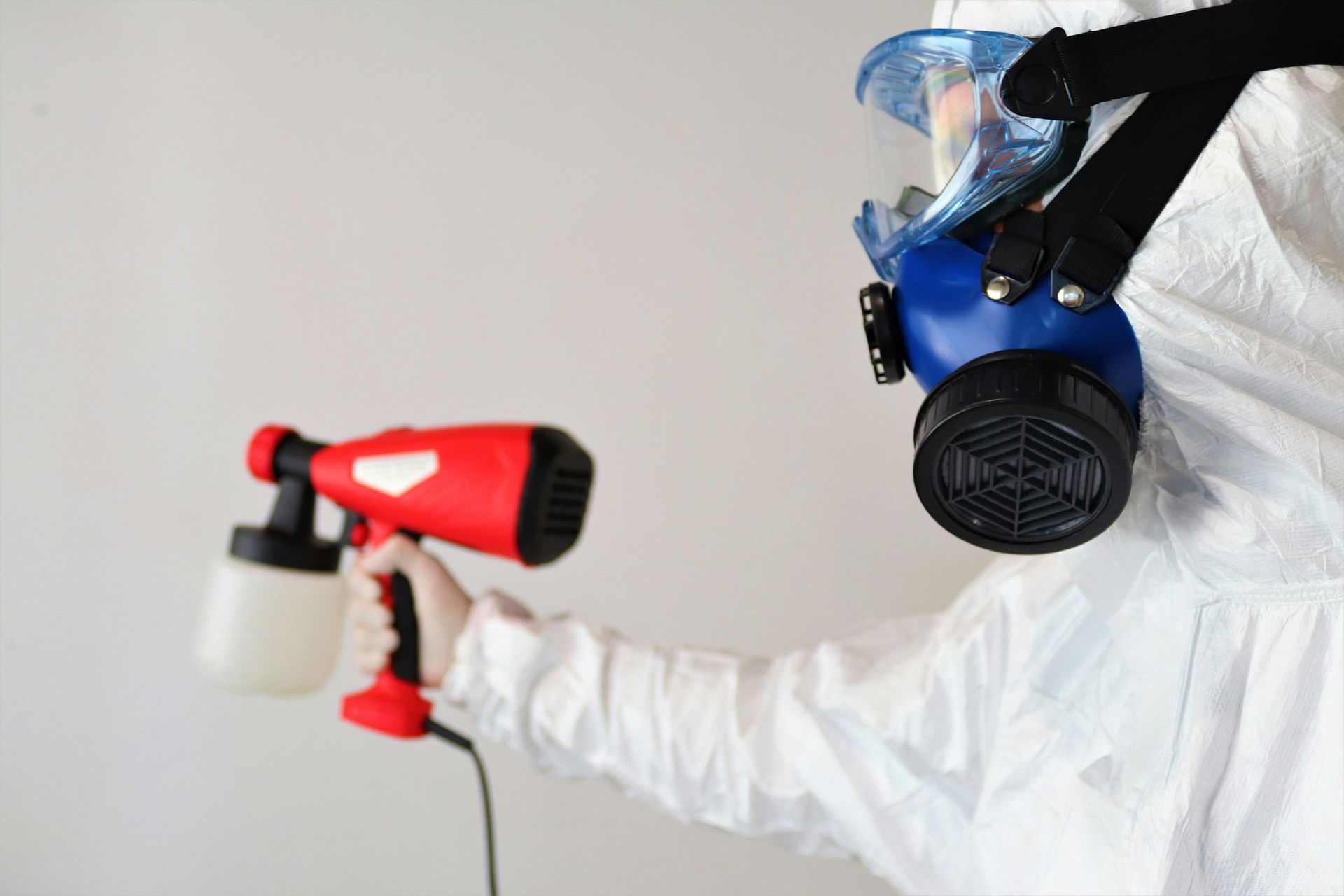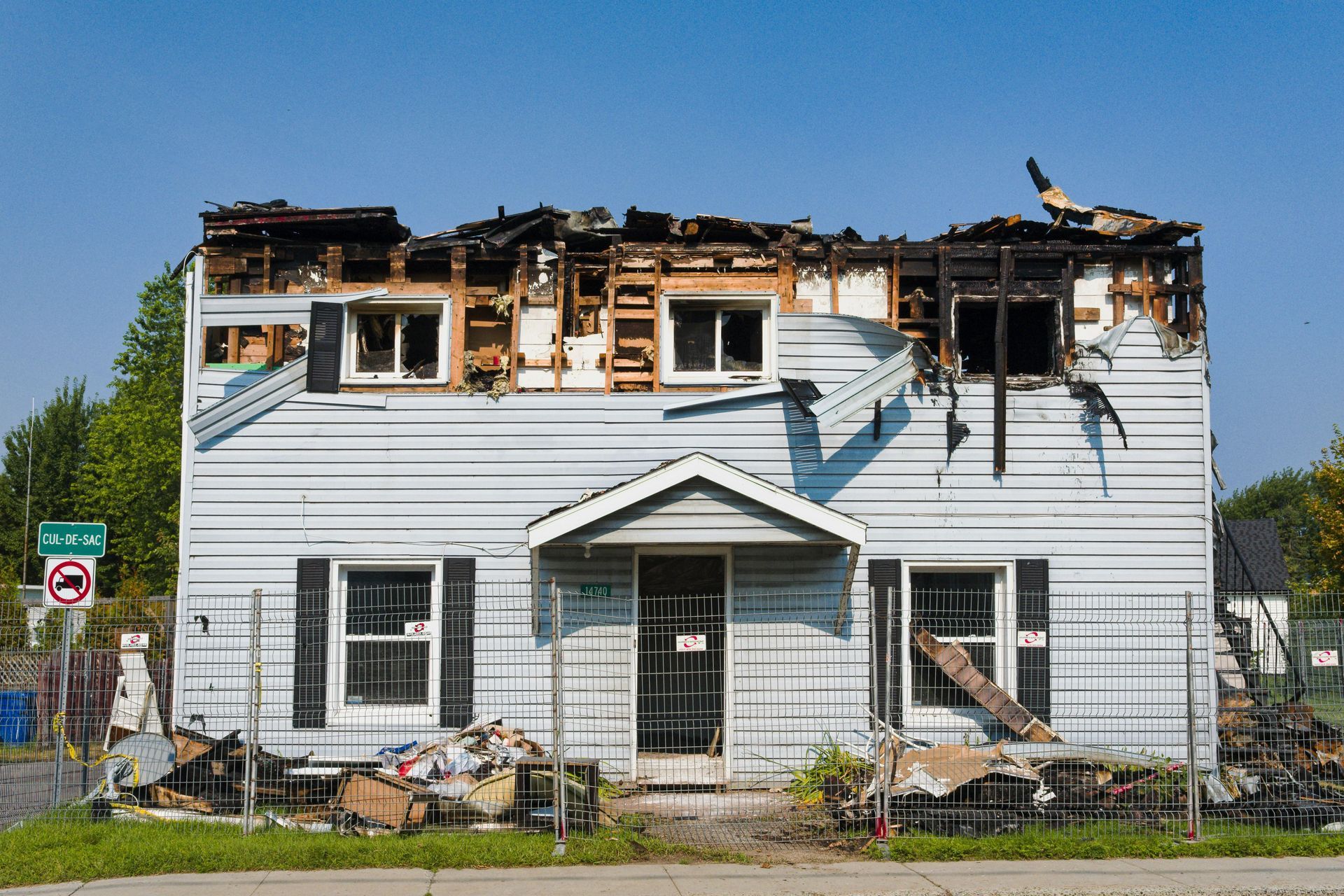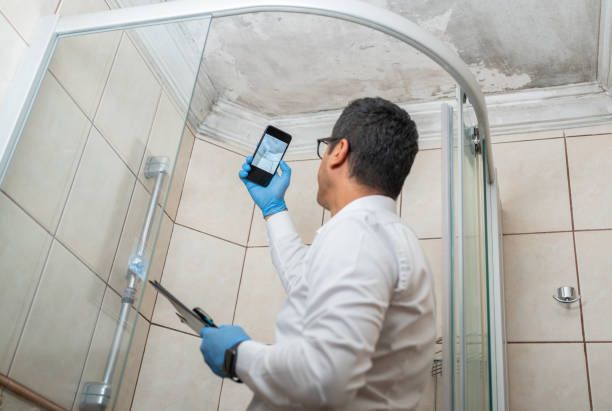The Cost of Water Damage Restoration
Understanding Water Damage Restoration Cost: An Informative Guide
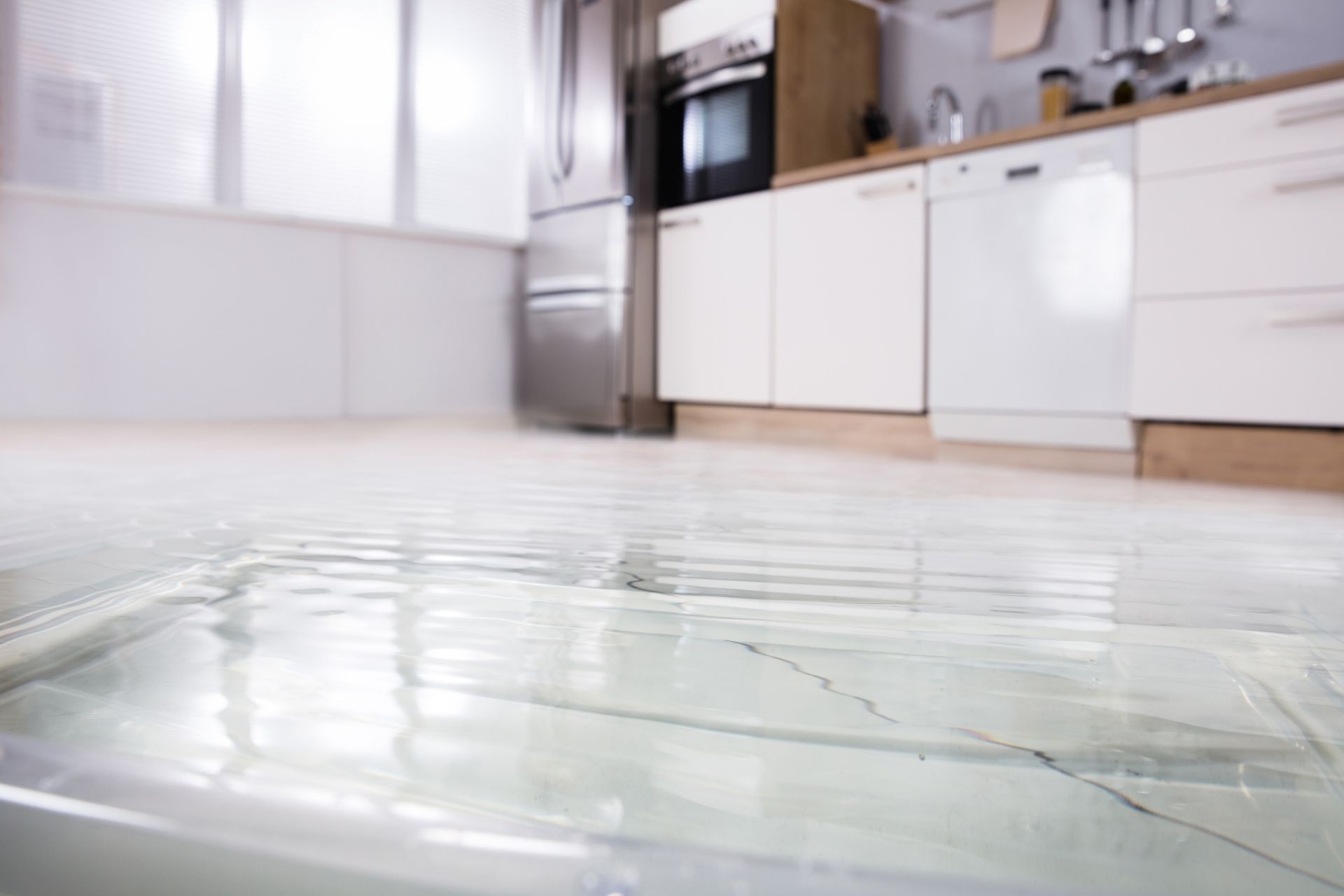
Understanding the full spectrum of water damage restoration costs is critical for property owners faced with unforeseen flooding or leaks. Water damage can stem from various sources, including plumbing failures, roof leaks, natural disasters, or issues related to HVAC systems. Prompt and professional water damage restoration is paramount not only to mitigate immediate damage but also to preserve long-term property value and prevent potential health hazards associated with mold and mildew. This article aims to dissect the factors influencing water damage restoration costs comprehensively. By employing industry-specific language and leveraging descriptive details, we'll explore cost determinants such as the extent of damage, the speed of response required, and the complexity of restoration services needed. This insight will provide property owners with a foundational understanding of potential expenses involved in restoring their property's integrity and safety post-water damage incident.
Common Causes of Water Damage
Water damage, a leading concern for property owners, can originate from a multitude of sources, each varying in severity and requisite approach for restoration. Faulty appliances, such as dishwashers, washing machines, and water heaters, frequently serve as culprits, leaking water and causing significant damage, particularly when these events occur unnoticed over time. Similarly, broken pipes, which can burst due to freezing temperatures or wear and tear, release copious amounts of water rapidly, inundating structures. Roof leaks also contribute substantially to water damage, especially when compromised roofing materials or blocked gutters allow water ingress during storms. In addition to these, natural floods, propelled by extreme weather conditions or overflows from bodies of water, present a formidable challenge, often necessitating extensive and immediate restoration efforts. For instance, a washing machine's hose might rupture while the homeowner is away, leading to hours of unchecked water flow. Each scenario encapsulates the multifaceted nature of water damage sources, underscoring the importance of swift, professional intervention to mitigate immediate impacts and prevent long-term deterioration of property integrity and value.
Impact of Water Damage
The repercussions of water damage can manifest both immediately and over an extended period, underscoring the urgency of prompt and professional intervention. In the short term, water can compromise structural integrity, soaking into drywall, weakening beams and foundations, and lifting or buckling flooring. Ignoring these initial warning signs can precipitate long-term consequences, chief among them being the proliferation of mold and mildew. These insidious fungi not only degrade property aesthetics and value but also pose severe health risks, particularly to individuals with respiratory conditions or compromised immune systems. Furthermore, prolonged exposure to water can lead to irreversible damage to valuable fixtures and personal belongings, as well as electrical hazards as water interacts with power systems.
Recognizing these potential outcomes highlights the paramount importance of immediate action upon detection of water damage. Early engagement with specialized restoration services can mitigate these impacts, safeguarding both the structural and environmental health of the property. Leveraging advanced techniques and equipment, skilled professionals can efficiently address water intrusion, preventing the cascade of destructive consequences that can follow. This approach underscores a commitment to not just restoring properties but protecting the well-being of occupants, reinforcing the necessity of expertise and quick response in water damage scenarios.
What is Water Damage Restoration
Water damage restoration encompasses a series of pivotal actions aimed at returning a property to its pre-damage condition following water intrusion. This multifaceted process begins with an urgent response to the call for help, swiftly followed by a thorough assessment of the damage. The initial step, water extraction, involves the removal of standing water using advanced techniques and equipment, which is crucial to halt the ongoing damage. Subsequently, the drying phase commences, employing industrial-grade air movers and dehumidifiers to eliminate residual moisture from the premises, a critical step to prevent the propagation of mold and mildew.
Cleaning and sanitizing are paramount, ensuring the area is not only visually appealing but also free from health hazards, returning a sense of safety and normalcy to the environment. Lastly, the restoration phase can involve minor repairs like replacing drywall and installing new carpeting, or it may require significant refurbishments such as reconstructing entire rooms or areas affected by water damage.
This comprehensive process is designed not only to address and rectify the visible and structural damage caused by water but also to ensure the health and safety of the occupants by preventing long-term issues like mold growth. Leveraging state-of-the-art technology and techniques, professionals in the field are dedicated to restoring the property efficiently and effectively, underscoring their commitment to quality and attention to detail throughout the restoration process.
When is Professional Water Damage Restoration Necessary?
Professional water damage restoration becomes imperative in various scenarios where the level, complexity, or potential health impacts of damage exceed the capabilities of routine cleanup efforts. Engaging professional services is crucial when water intrusion leads to extensive structural damage, compromising the integrity of buildings. Such situations require advanced techniques and specialized equipment to ensure complete water extraction, drying, and stabilization of the structure.
Furthermore, the onset of mold presents a clear signal for professional intervention. Mold not only poses serious health risks, especially to those with pre-existing respiratory conditions but also indicates that moisture levels within the property are conducive to ongoing fungal growth. Professionals are equipped with the necessary tools and knowledge to eradicate mold safely and prevent its return, ensuring the health and safety of occupants.
Significant water damage to electrical systems constitutes another critical situation demanding expert attention. The risk of electrical hazards increases exponentially following water intrusion, necessitating careful inspection and repair by both restoration professionals and licensed electricians to ensure the safety of inhabitants and the functional continuity of the property's electrical infrastructure.
Overall, professional water damage restoration is essential when faced with circumstances that threaten the structural safety, health environment, or electrical integrity of a property. Leveraging their deep industry knowledge, state-of-the-art equipment, and commitment to excellence, restoration experts are uniquely positioned to address and mitigate the multifaceted impacts of water damage, restoring peace of mind and safety to property owners.
The Cost Factors in Water Damage Restoration
The determination of costs in water damage restoration hinges on a variety of critical factors, including the extent of the damage, the type of water involved (clear, grey, or black water), and the specific remediation techniques required. Our experienced team leverages state-of-the-art technology to conduct a comprehensive assessment, ensuring that every aspect of the damage is meticulously evaluated. This approach not only facilitates a precise estimation of costs but also guarantees that the restoration process is tailored to address all affected areas comprehensively, reinstating the safety and integrity of your property with unmatched precision and care.
Size and Extent of Damage
The overall cost of water damage restoration is heavily influenced by the scale of the affected area and the severity of the damage incurred. Typically, minimal damage in a small area might start from a few hundred dollars, while extensive damage covering large spaces can escalate to several thousand. Our expert team meticulously assesses each factor, ensuring accurate estimations that reflect the true scope of restoration required grounded in our unwavering commitment to transparency and excellence.
Type of Water Involved
The classification of water—clear, gray, or black—affects restoration costs significantly due to varying levels of contamination and the consequent safety measures required. Clear water originating from sanitary sources demands less stringent remediation efforts. Conversely, gray and black water, tainted with chemicals or biohazards, necessitate comprehensive decontamination and safety protocols, escalating the complexity and cost of restoration. Our adept team specializes in managing these challenges, ensuring a safe and thorough restoration regardless of the water type involved.
Required Restoration Services
The array of services involved in water damage restoration significantly factors into the total cost. These range from water extraction and removal of damaged materials to specialized procedures like mold remediation and disinfection. Each step, meticulously conducted by our team of experts, varies in complexity and necessity based on the unique circumstances of each case. Drying and dehumidifying services, for instance, are essential for preventing future mold growth and ensuring the structural integrity of the property. Similarly, advanced techniques such as thermal imaging for moisture detection or ozone treatment for odor removal may be employed, each adding to the comprehensive effort to restore your property to its pre-damage condition.
Location and Local Market Rates
The geographic location of a property and prevailing local market rates significantly influence the cost of water damage restoration. Regions with a higher cost of living may see escalated restoration expenses due to increased labor and material costs. Additionally, remote areas might incur additional charges for travel and transport of equipment. Our team prudently assesses these factors, ensuring clients receive accurate estimates reflective of local market dynamics without compromising on the excellence of our service.
Insurance and Water Damage Restoration
Navigating water damage restoration can be a complex endeavor, significantly simplified with the support of homeowners' insurance. This vital safeguard can play a pivotal role, contingent upon the specifics of the policy's coverage and limitations. A deep comprehension of these details is paramount, ensuring policyholders are well-prepared to maximize their benefits. The claim process is initiated with immediate documentation of the damage, followed by prompt communication with the insurance provider to report the incident.
Engaging in this process involves submitting detailed evidence of the damage, including photographs, a comprehensive list of affected items, and professional assessments from restoration experts. Maintaining an inventory of property and valuables, alongside receipts and historical records, is beneficial to facilitate a smoother claim process. Service agreements and communications with the restoration company should be kept orderly, as these documents serve as crucial evidence for insurance claims.
Understanding that different policies diverge in how they cover various types of water damage — distinguishing between scenarios like natural disasters versus maintenance issues — is essential. Open dialogue with the insurer, posing questions and clarifying doubts, ensures policyholders can effectively leverage their coverage. Restoration professionals can prove invaluable in this process by providing technical expertise and detailed documentation, further smoothing the path toward a successful claim. Through thorough preparation and informed engagement, homeowners can adeptly maneuver through the insurance claim process, restoring their sanctuary with minimal hurdles.
Choosing a Water Damage Restoration Company
Selecting a water damage restoration company is a decision underpinned by the consideration of several paramount attributes and certifications crucial for ensuring the delivery of high-quality, reliable services. Foremost, a reputable company should boast certifications from recognized industry bodies, such as the Institute of Inspection, Cleaning and Restoration Certification (IICRC). This certification serves as a hallmark of expertise, signaling a company's adherence to the highest industry standards in water damage restoration. Additionally, the possession of state licensing where required, coupled with comprehensive insurance coverage, further underscores a company's commitment to professionalism and client security.
An imperative step in the selection process is obtaining detailed, written estimates from potential service providers. These estimates should meticulously itemize the projected costs, outlining the scope of restoration services, including but not limited to water extraction, drying, dehumidification, mold remediation, and any structural repairs. It is essential to compare these estimates side-by-side, focusing on the completeness of services and the transparency of pricing. Understanding these estimates demands attention to the specifics of what is included and what might represent additional costs to ensure a comprehensive appraisal of the restoration efforts required. Comparing these details not only aids in discerning the best value but also facilitates a deeper insight into each company's approach to addressing the multifaceted challenges of water damage restoration.
Securing Your Property's Future: Wrapping Up
At
Northeastern Restoration, we stand at the forefront of providing unparalleled
water damage restoration services crafted to meet the highest standards of excellence and efficiency. Our team, armed with industry-specific certifications and a profound commitment to quality, specializes in a comprehensive range of restoration solutions—from meticulous water extraction to thorough mold remediation. We understand the urgency and sensitivity of water damage scenarios and are dedicated to restoring not just your property but also your peace of mind. Trust us to implement cutting-edge techniques and customized strategies, ensuring a swift, reliable restoration process. Ready to protect and rejuvenate your property? Contact Northeastern Restoration today and experience the epitome of professional restoration services.
